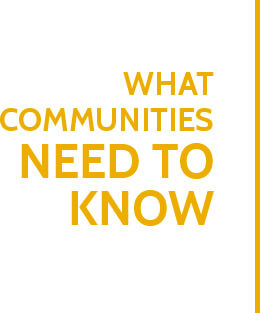Human Trafficking
Human trafficking is a form of modern-day slavery. Human trafficking involves the use of force,
fraud, and/or coercion for the purpose of sexual exploitation or forced labor. Human trafficking
does not have to involve movement across borders or include a ring of people. One individual can
be a victim of human trafficking.
Understanding Sex Trafficking
Sex trafficking — a type of human trafficking — is a serious public health problem, placing a toll on the well-being of individuals, families, and communities. It is defined as "the recruitment, harboring, transportation, provision, or obtaining of a person for the purpose of a commercial sex act" by the trafficker.
Victims can come from all backgrounds and become trapped in different locations and situations.
- The majority of victims are women and girls, though men and boys are also impacted;
- They include all races, ethnicities, sexual orientations, gender identities, citizens, non-citizens, and income levels;
- They are trapped and controlled through assault, threats, false promises, perceived sense of protection, isolation, shaming, and debt; and
- They do not have to be physically transported between locations to be victimized.
Perpetrators of sex trafficking often target and manipulate people who are poor, vulnerable, living in an unsafe situation, or searching for a better life. For example, youth with a history of abuse and neglect or who are homeless are more likely to be exploited. Consequences can be immediate and long term, including physical and relationship problems, psychological concerns, and chronic health problems. Evidence-based strategies exist to prevent these types of violence, and may also reduce sex trafficking.

- Encourage healthy behaviors in relationships
- Foster safe homes and neighborhoods
- Reduce demand for commercial sex
- End business profits from related transactions
Violence prevention practitioners, researchers, and professionals can support these efforts. They can monitor trends, research risks and protective factors for sex trafficking, evaluate interventions, and implement strategies to stop sex trafficking based on best-available evidence.
http://www.cdc.gov/violenceprevention/sexualviolence/trafficking.html.




